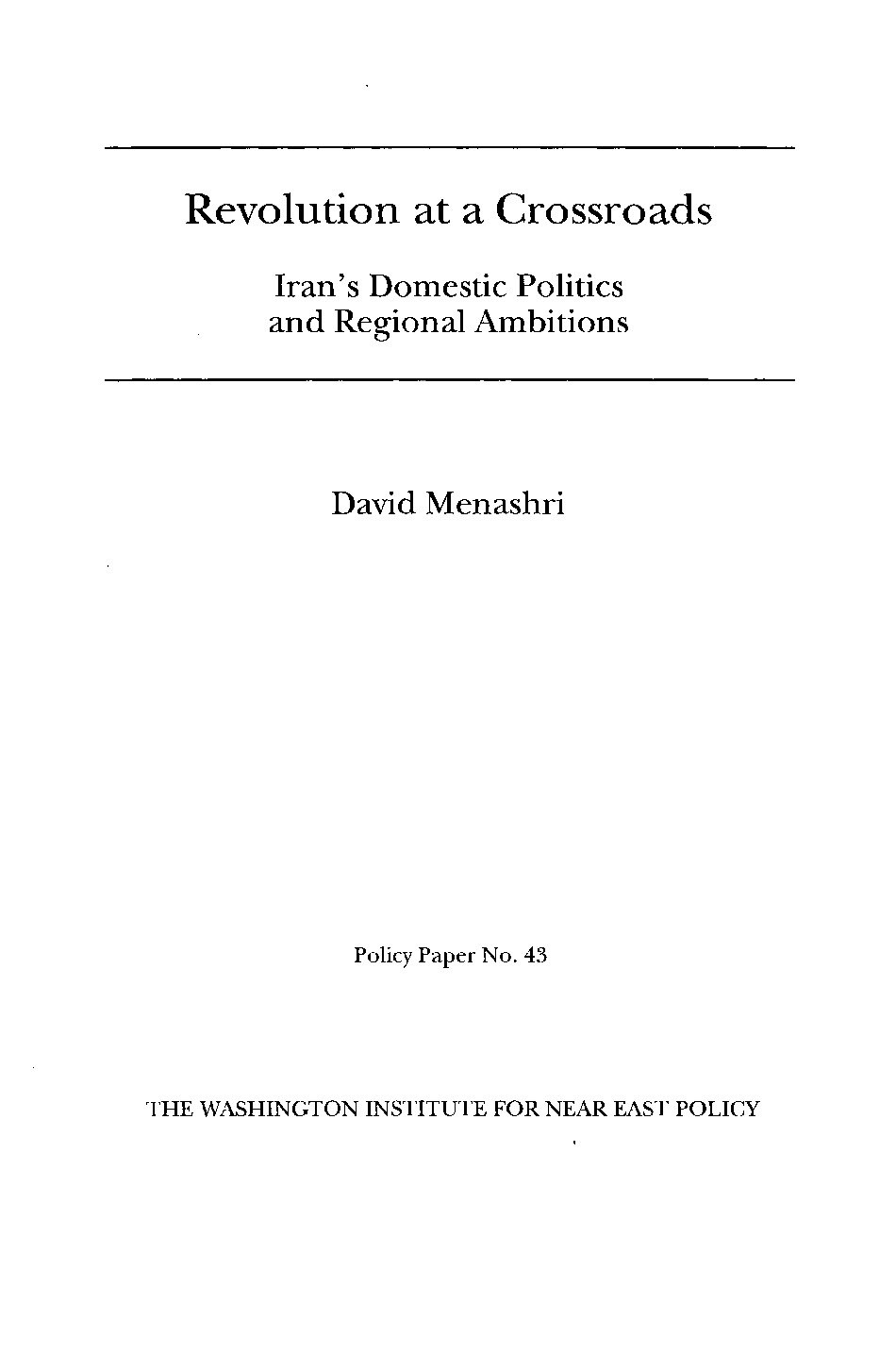In their seventeen years in power, the clerics who led the 1979 Iranian revolution have concentrated on consolidating their rule and implementing Ayatollah Khomeini's revolutionary ideology. Thus far, they have proven fairly successful in the former -- Khomeini's death in June 1989 was marked by stability and continuity, and presidential and Majlis elections have been held on schedule every four years since. The Islamic regime has proven less effective, however, in applying its revolutionary doctrine to resolve the economic, political, and social problems that fueled popular discontent and led to the revolution in the first place. This remains its main challenge in the 1990s.
This Policy Paper, the second study in a three-part volume focused on contemporary Iran, David Menashri analyzes the evolution of the Islamic regime in Iran since the late 1980s. Menashri examines the impact of internal developments—ideological, political, and economic—on Iran’s domestic policies and regional ambitions.
-
92 pages


